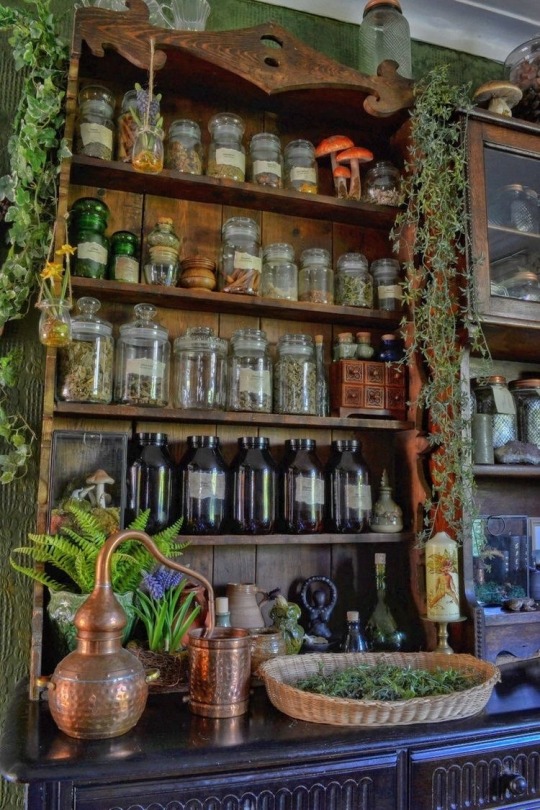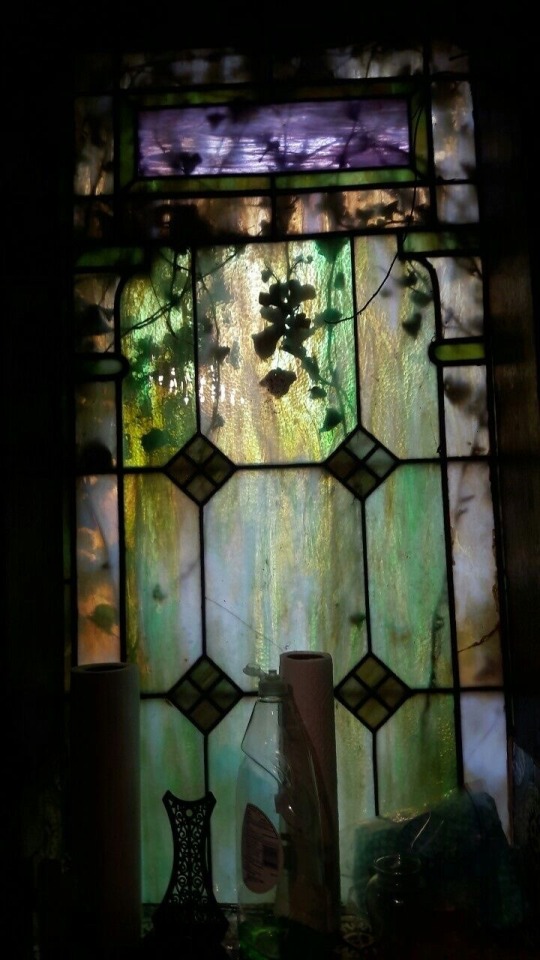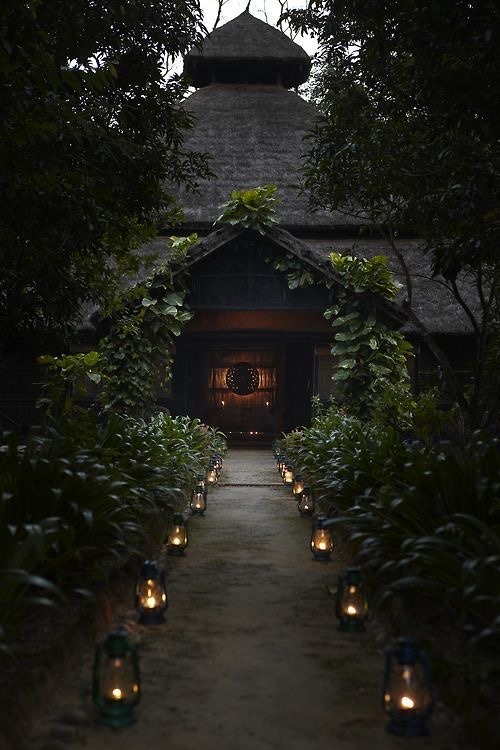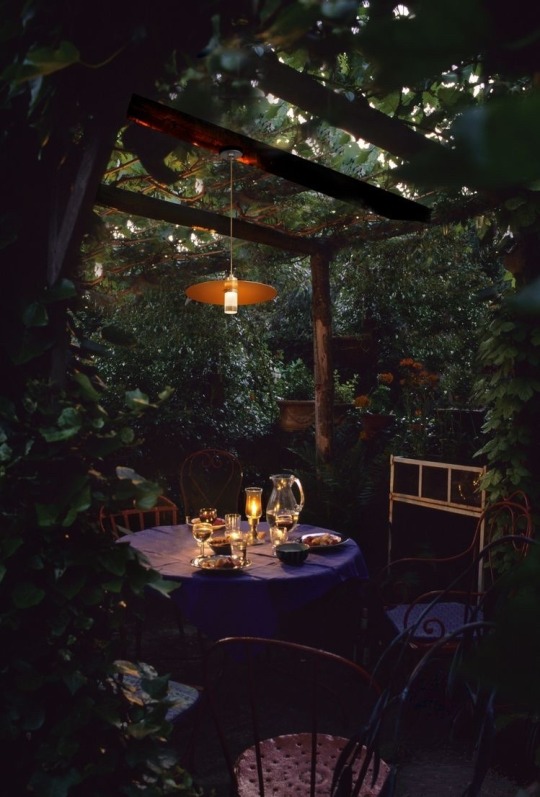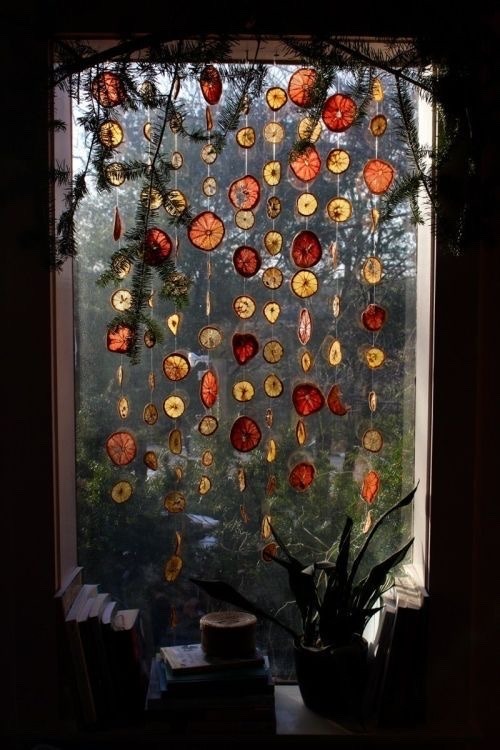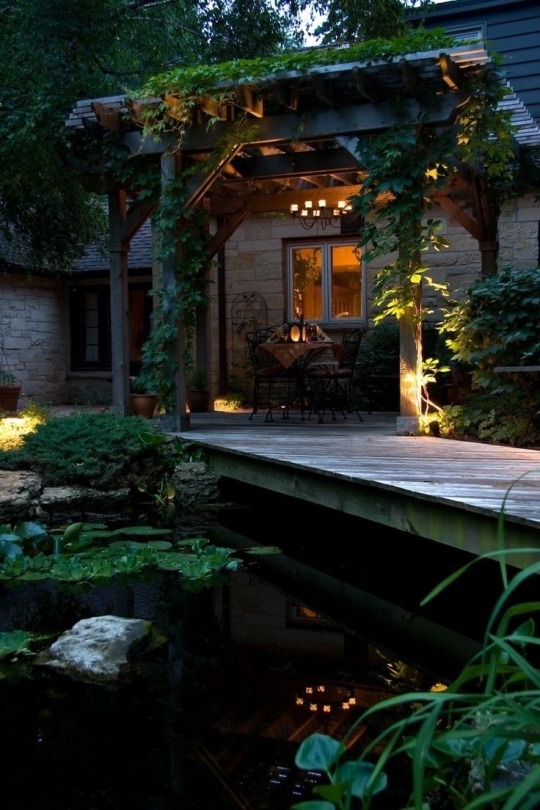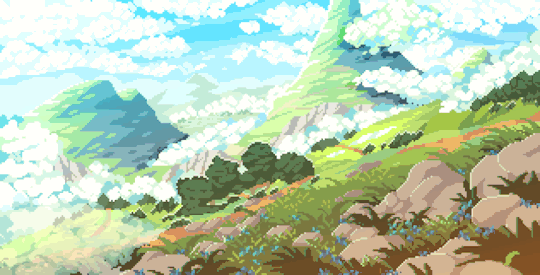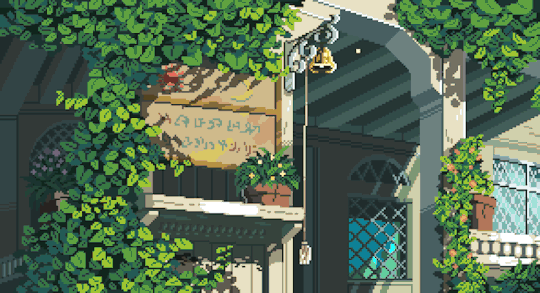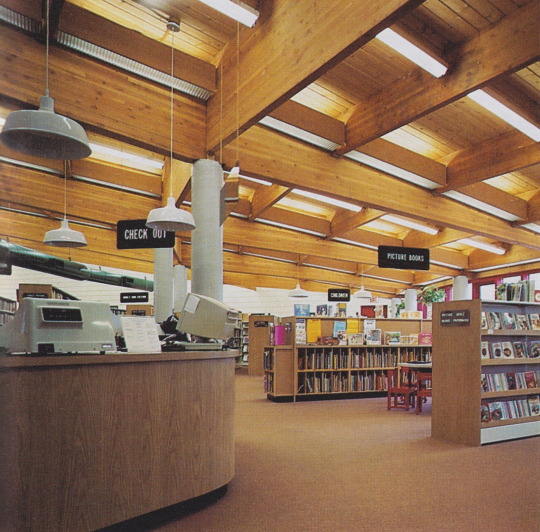architectural and infrastructural aesthetics i hope to see brought into the ecosocialist future 🌳 ecosocialism is a post-capitalist society defined by communal ownership and democratic management of the means of production 🌱 economic matters measured by qualitative use, need, or desire rather than by quantitative profit and accumulation 🌿 sustainability and leisure prioritized over growth and burnout 🌵 gift exchange prioritized over money exchange 🌾 and a reintegration of humanity into our ecological source 🌲 many believe that a setup like this would result in not only a far more equitable and libertarian society, but also a far more beautiful one as well 🌿 when workers and communities are in control of their affairs -- and when we remember that we are inherently OF nature -- work becomes play, space becomes joyous, and life becomes sacred 🍃 “Our science is utopia, our reality is eros, our desire is revolution.” 🌴 I do not own any of the pictures unless otherwise stated. Credit and sources are given. If a piece is yours and you'd like me to remove it, you need only ask.
Don't wanna be here? Send us removal request.
Text
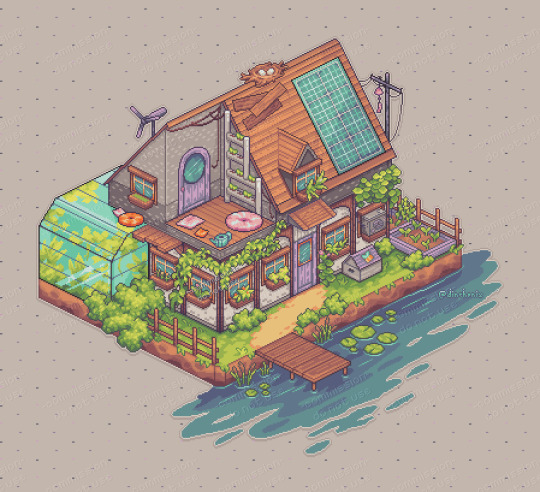
"Solarpunk House"
Commission for Syd My comms: vgen.co/dinchenix
987 notes
·
View notes
Text
"With “green corridors” that mimic the natural forest, the Colombian city is driving down temperatures — and could become five degrees cooler over the next few decades.
In the face of a rapidly heating planet, the City of Eternal Spring — nicknamed so thanks to its year-round temperate climate — has found a way to keep its cool.
Previously, Medellín had undergone years of rapid urban expansion, which led to a severe urban heat island effect — raising temperatures in the city to significantly higher than in the surrounding suburban and rural areas. Roads and other concrete infrastructure absorb and maintain the sun’s heat for much longer than green infrastructure.
“Medellín grew at the expense of green spaces and vegetation,” says Pilar Vargas, a forest engineer working for City Hall. “We built and built and built. There wasn’t a lot of thought about the impact on the climate. It became obvious that had to change.”
Efforts began in 2016 under Medellín’s then mayor, Federico Gutiérrez (who, after completing one term in 2019, was re-elected at the end of 2023). The city launched a new approach to its urban development — one that focused on people and plants.
The $16.3 million initiative led to the creation of 30 Green Corridors along the city’s roads and waterways, improving or producing more than 70 hectares of green space, which includes 20 kilometers of shaded routes with cycle lanes and pedestrian paths.
These plant and tree-filled spaces — which connect all sorts of green areas such as the curb strips, squares, parks, vertical gardens, sidewalks, and even some of the seven hills that surround the city — produce fresh, cooling air in the face of urban heat. The corridors are also designed to mimic a natural forest with levels of low, medium and high plants, including native and tropical plants, bamboo grasses and palm trees.
Heat-trapping infrastructure like metro stations and bridges has also been greened as part of the project and government buildings have been adorned with green roofs and vertical gardens to beat the heat. The first of those was installed at Medellín’s City Hall, where nearly 100,000 plants and 12 species span the 1,810 square meter surface.
“It’s like urban acupuncture,” says Paula Zapata, advisor for Medellín at C40 Cities, a global network of about 100 of the world’s leading mayors. “The city is making these small interventions that together act to make a big impact.”
At the launch of the project, 120,000 individual plants and 12,500 trees were added to roads and parks across the city. By 2021, the figure had reached 2.5 million plants and 880,000 trees. Each has been carefully chosen to maximize their impact.
“The technical team thought a lot about the species used. They selected endemic ones that have a functional use,” explains Zapata.
The 72 species of plants and trees selected provide food for wildlife, help biodiversity to spread and fight air pollution. A study, for example, identified Mangifera indica as the best among six plant species found in Medellín at absorbing PM2.5 pollution — particulate matter that can cause asthma, bronchitis and heart disease — and surviving in polluted areas due to its “biochemical and biological mechanisms.”
And the urban planting continues to this day.
The groundwork is carried out by 150 citizen-gardeners like Pineda, who come from disadvantaged and minority backgrounds, with the support of 15 specialized forest engineers. Pineda is now the leader of a team of seven other gardeners who attend to corridors all across the city, shifting depending on the current priorities...
“I’m completely in favor of the corridors,” says [Victoria Perez, another citizen-gardener], who grew up in a poor suburb in the city of 2.5 million people. “It really improves the quality of life here.”
Wilmar Jesus, a 48-year-old Afro-Colombian farmer on his first day of the job, is pleased about the project’s possibilities for his own future. “I want to learn more and become better,” he says. “This gives me the opportunity to advance myself.”
The project’s wider impacts are like a breath of fresh air. Medellín’s temperatures fell by 2°C in the first three years of the program, and officials expect a further decrease of 4 to 5C over the next few decades, even taking into account climate change. In turn, City Hall says this will minimize the need for energy-intensive air conditioning...
In addition, the project has had a significant impact on air pollution. Between 2016 and 2019, the level of PM2.5 fell significantly, and in turn the city’s morbidity rate from acute respiratory infections decreased from 159.8 to 95.3 per 1,000 people [Note: That means the city's rate of people getting sick with lung/throat/respiratory infections.]
There’s also been a 34.6 percent rise in cycling in the city, likely due to the new bike paths built for the project, and biodiversity studies show that wildlife is coming back — one sample of five Green Corridors identified 30 different species of butterfly.
Other cities are already taking note. Bogotá and Barranquilla have adopted similar plans, among other Colombian cities, and last year São Paulo, Brazil, the largest city in South America, began expanding its corridors after launching them in 2022.
“For sure, Green Corridors could work in many other places,” says Zapata."
-via Reasons to Be Cheerful, March 4, 2024
18K notes
·
View notes
Text
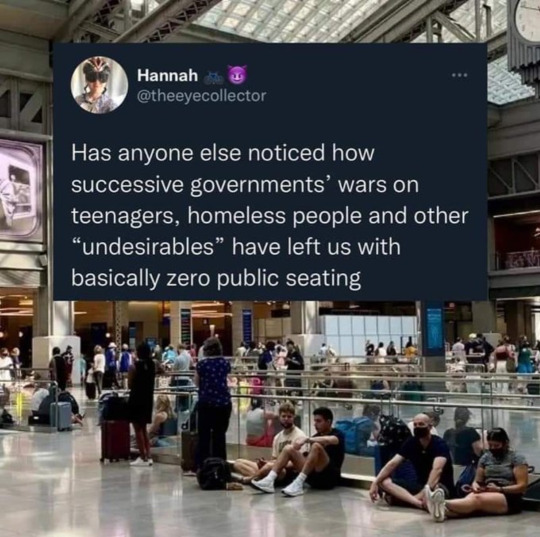
Or water fountains, public washrooms, outdoors tables, etc, etc
165K notes
·
View notes
Text
if one more person comments on my "we need to keep payphones/public phones" post with "what we need are free phone charging stations and wifi hotspots, like in new york!" i am going to lose my mind. what do you people not understand about "not everyone has a smartphone" and "phones can break". how are these new concepts.
95K notes
·
View notes
Text

Witch's Cottage (2023)
30% off pixquare pixelart app with code 'tofu' 💕
support me | commission me | buy a print | buy a sticker
9K notes
·
View notes
Text
the things that are reported matters. the language used matters. what is left out of the story matters.
42K notes
·
View notes
Text
5K notes
·
View notes
Text
I feel like people really underestimate the impact that your mode of transportation has on how you see and think about and interact with your city. Like, driving makes your city feel like a few islands, pockets of space where you regularly go and new ones you discover only when brought there for a purpose, but all amidst an ocean of just, filler. Taking public transit makes your city feel like a network of corridoors, a glowing grid along which you may discover new things, but whose alternate winding paths you only take when given to by circumstance. Cycling makes your city feel more human in its scale, and while you can only go so far, the spaces through which you travel are far more often built for people, not machines, and that difference is tangible, while your freedom of movement gives you more opportunities for exploration. Walking can only take you so far, but you see everything meant for you along those places, and every street feels like it carries potential, with no barriers to stopping and partaking of whatever piques your interest. I think, among these, driving is the one that by far most isolates you from the place you live, while the others are, in decreasing order, most utilitarian, and in increasing order, most personally connective to your shared space.
27K notes
·
View notes
Text
Whatever its called to have these kinds of colourful squares in your home i want it

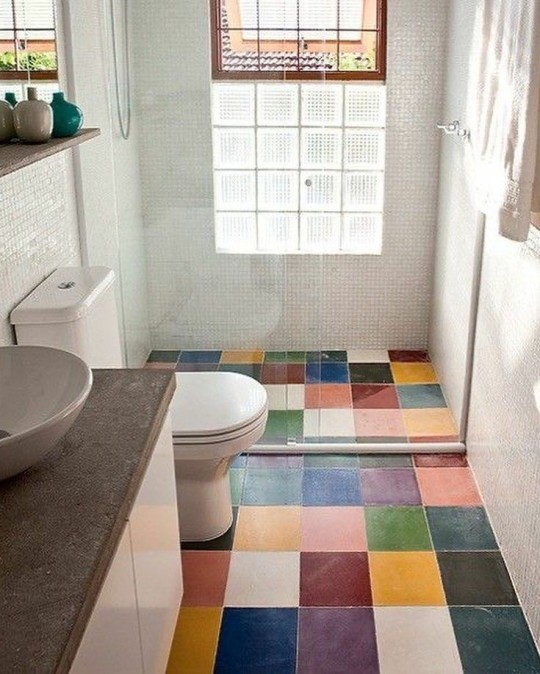



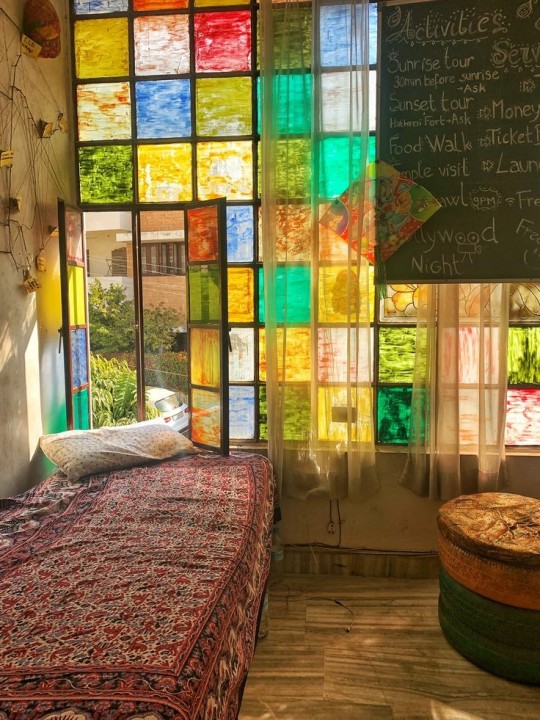

Look
76K notes
·
View notes
Text
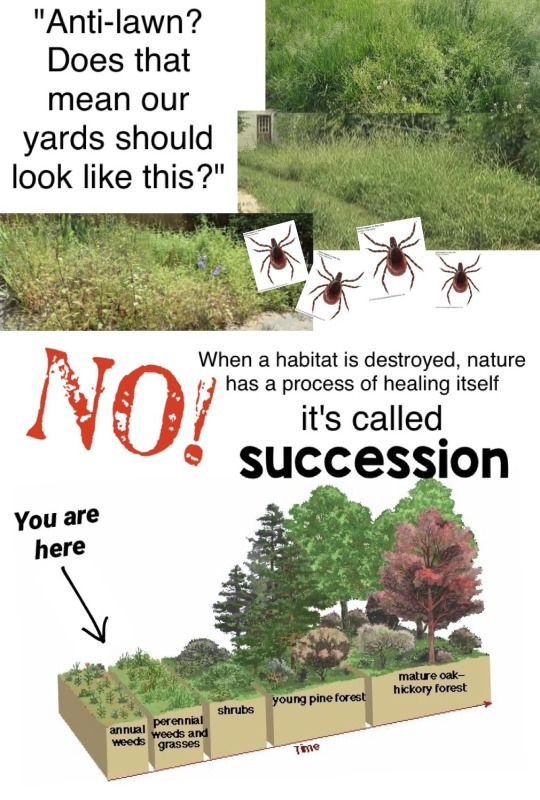

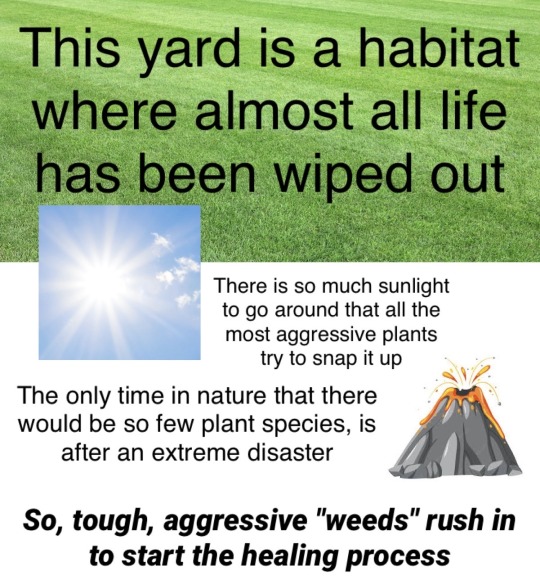
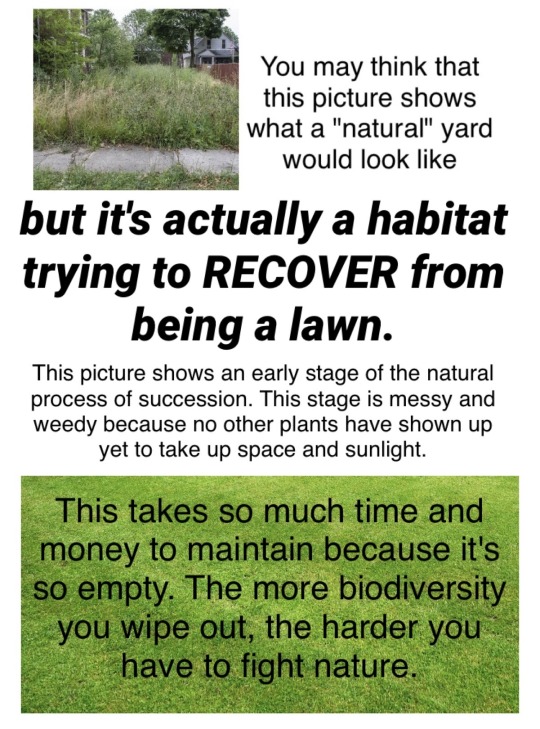
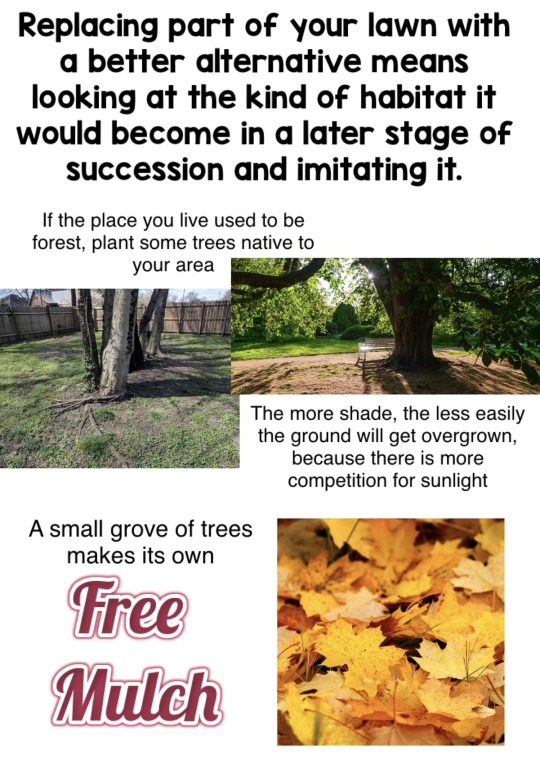
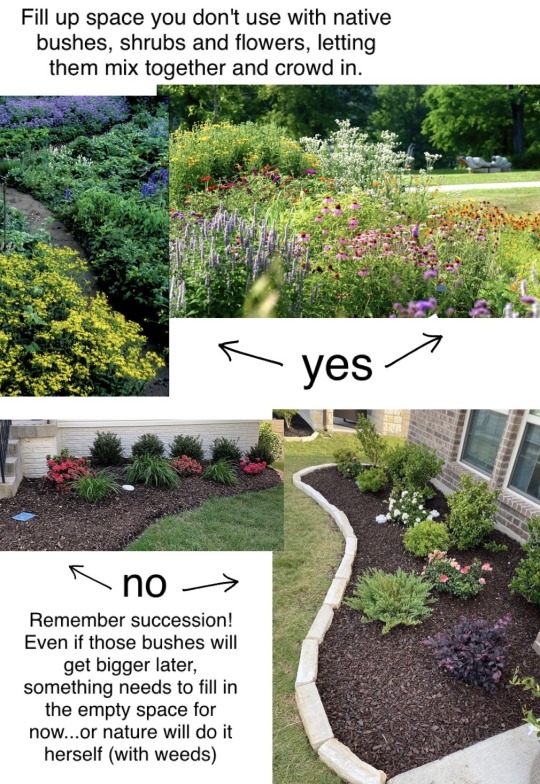
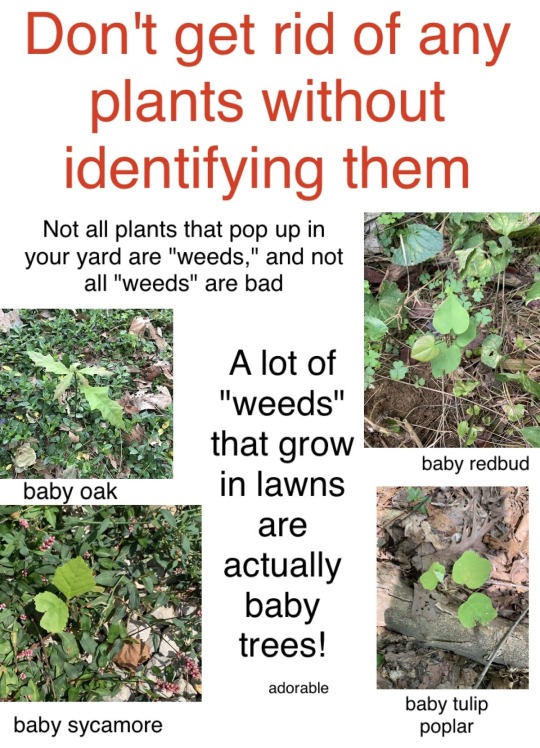
I...tried to make a meme and got carried away and made A Thing that is like partially unfinished because i spent like 3 hours on it and then got tired.
I think this is mostly scientifically accurate but truth be told, there seems to be relatively little research on succession in regards to lawns specifically (as opposed to like, pastures). I am not exaggerating how bad they are for biodiversity though—recent research has referred to them as "ecological deserts."
Feel free to repost, no need for credit
214K notes
·
View notes
Text
walkable cities also means sittable cities send tweet
220K notes
·
View notes



